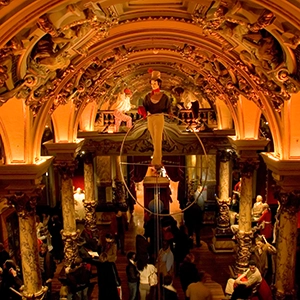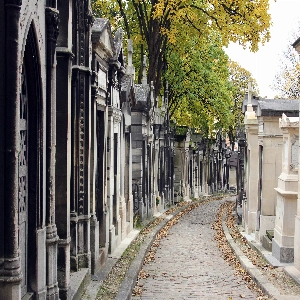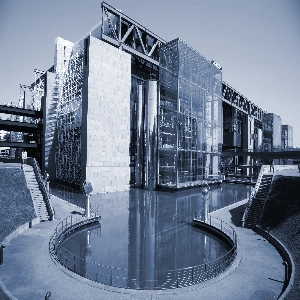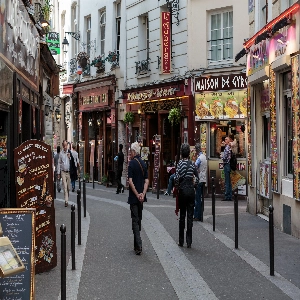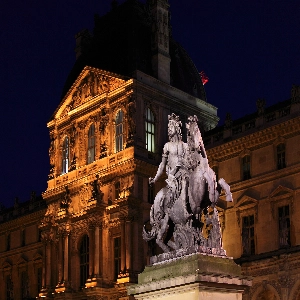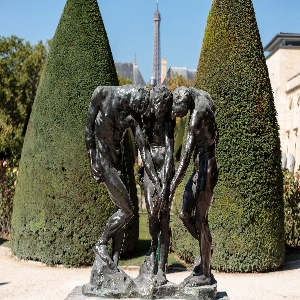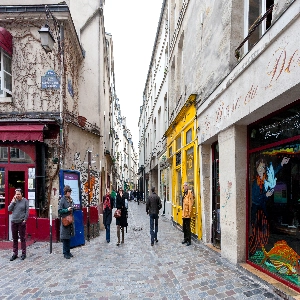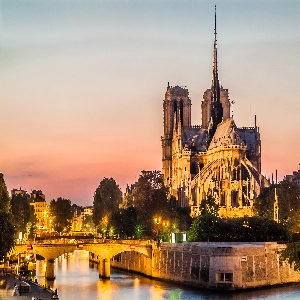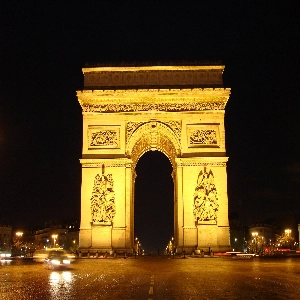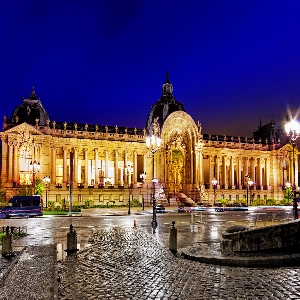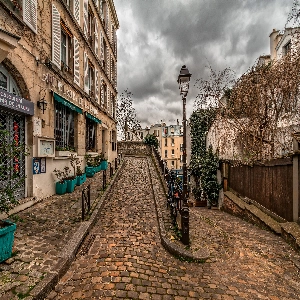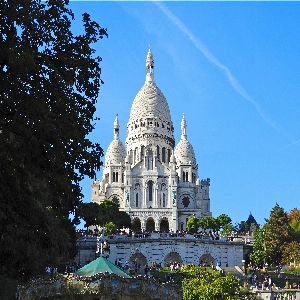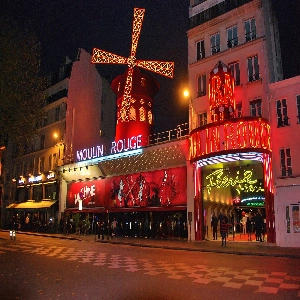Les Invalides: A Testament To France's Military History

Les Invalides, officially known as L'Hôtel National des Invalides, is a complex of museums, monuments, and buildings located in the heart of Paris, France. Its primary function was to serve as a retirement home and hospital for war veterans, but it has now evolved into a popular tourist attraction showcasing France's military history. In addition to housing several museums dedicated to the armed forces, Les Invalides is also the final resting place of several of France's war heroes, including the famed Napoleon Bonaparte. This article will serve as a comprehensive guide to Les Invalides, delving into its history, significance, and the various attractions it houses.
Origins and History
The construction of Les Invalides began in 1670 under the reign of King Louis XIV, who aimed to create a sanctuary for disabled or elderly veterans of his numerous military campaigns. Designed by architect Libéral Bruant, the complex took over two decades to complete, with the core structure of the original buildings remaining mostly intact to this day. Throughout the centuries, Les Invalides has played an essential role in French history. In addition to serving its original purpose as a veterans' retirement facility, it was also converted into a military hospital during times of war. Additionally, the complex played a crucial role during the French Revolution, as revolutionaries stormed its grounds to steal guns and ammunition, leading up to the famous storming of the Bastille. Les Invalides has undergone multiple restorations over the years, with the most recent work being completed in the 1980s. Today, the site stands as a testament to France's military history and the sacrifices made by countless soldiers and civilians.
Dôme des Invalides
The most recognizable feature of Les Invalides is undoubtedly the Dôme des Invalides, a stunning dome standing at an impressive height of 107 meters (351 feet). Designed by architect Jules Hardouin-Mansart, the dome serves as a focal point of the complex and is an excellent example of French Baroque architecture. The exterior of the dome is adorned with over 500,000 gold leaves, making it one of the most extravagant structures in Paris. However, it is what lies beneath the dome that truly sets it apart: the tomb of Napoleon Bonaparte. Once a revered emperor of France, Napoleon was initially buried on the island of Saint Helena following his death in exile in 1821. In 1840, his remains were repatriated to France and interred in a red quartzite sarcophagus beneath the Dôme des Invalides, making it one of the most visited sites in Paris.
Musée de l'Armée
Within the complex of Les Invalides lies the Musée de l'Armée (Army Museum), one of the most extensive collections of military artifacts in the world. Founded in 1905, the museum is home to over 500,000 objects, ranging from weapons, armor, and uniforms to more unusual items such as musical instruments and art pieces associated with warfare. The museum is divided into several departments, each dedicated to various periods of French military history. Visitors can explore the ancient warfare section, showcasing the weaponry and armor from the Gauls to the early Middle Ages or dive into a comprehensive collection of artillery from the medieval era to the 20th century. The museum also features a WWI and WWII section, illustrating the significant role France played in both global conflicts.
The Tomb of the Unknown Soldier and the War Memorials
Les Invalides is also home to several war memorials commemorating the sacrifices made by French servicemen and women throughout history. The most notable of these memorials is the Tomb of the Unknown Soldier, which lies beneath the Arc de Triomphe. This tomb was established in 1920 as a tribute to an unidentified French soldier who died during World War I, with the aim of representing all those who perished in the conflict without receiving a proper burial. Another essential memorial at Les Invalides is the "Guerre d’Algérie, Maroc, Tunisie" memorial, which commemorates those who served in the French military during the Algerian War and conflicts in Morocco and Tunisia. This memorial features an eternal flame, symbolizing the ongoing remembrance of the fallen.
Visiting Les Invalides
Les Invalides is easily accessible via public transportation and is open year-round, with the exception of a few national holidays. The Army Museum and Napoleon's tomb are the main attractions, though visitors should also explore the various chapels and courtyards located within the expansive grounds. For a truly immersive experience, consider investing in an audio guide, which provides detailed information about the numerous exhibits and historical events associated with Les Invalides. Visitors should be prepared to spend several hours at the site, as the wealth of French military history housed within its walls is truly remarkable.
Les Invalides serves as an enduring symbol of France's rich military heritage and the sacrifices made by generations of soldiers and civilians. From its iconic gold-domed exterior to its intricate web of museums, chapels, and memorials, this exceptional complex is well worth exploring for history enthusiasts and casual tourists alike. Whether you are paying tribute to Napoleon Bonaparte or marveling at the ancient battle armor, Les Invalides offers a deeply enriching and educational experience for all who visit its hallowed grounds.

